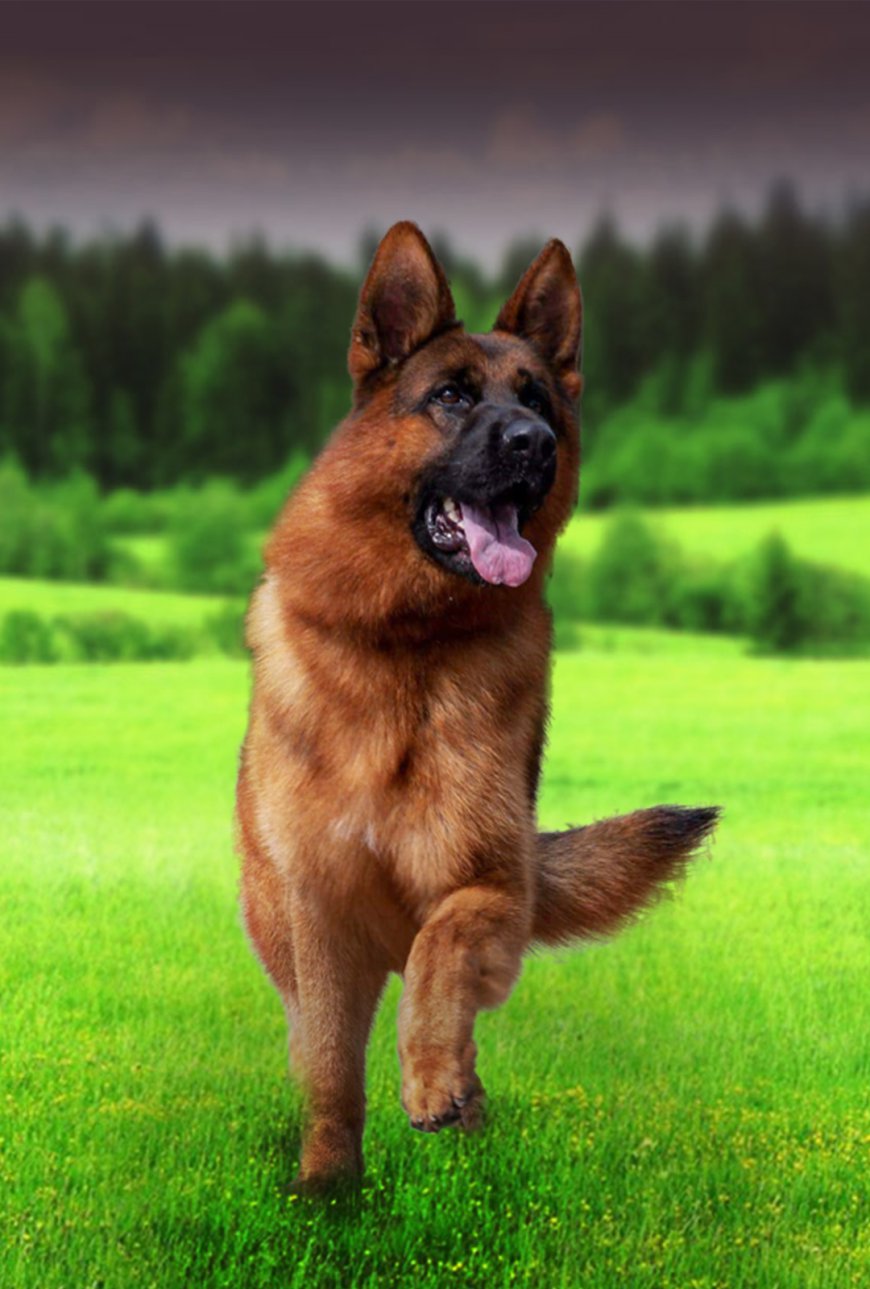Off-Leash Training 101: How To Achieve Control And Freedom For Your Dog?

Training your dog to be off-leash can be a game changer for both you and your furry friend. Imagine your dog enjoying the freedom to roam while still being under your control. With the right approach, it’s possible to give your dog the independence they crave without sacrificing safety. Whether you're working with a new puppy or an older dog, training off-leash requires patience, consistency, and commitment. But the reward is worth it—a well-behaved dog that listens no matter the situation.
Let’s go through the basics of family dog training with a focus on off-leash skills.
Start with Solid On-Leash Training
Before you can even think about letting your dog off-leash, it's crucial to have solid on-leash training in place. This is the foundation of good behavior and sets the stage for future success.
● Teach Basic Commands: Your dog should have mastered basic commands like "sit," "stay," "come," and "heel." If they can't do these reliably on a leash, they won’t perform well off-leash.
● Loose Leash Walking: Off-leash training is about control, so your dog needs to walk calmly by your side when leashed. Practice loose leash walking until they get the hang of it. No pulling allowed!
● Use Treats and Positive Reinforcement: Reward your dog for good behavior with treats, praise, or their favorite toy. Positive reinforcement helps reinforce commands and teaches your dog that following your instructions leads to good things
Build Trust and Strengthen the Bond
Training off-leash isn’t just about control; it’s also about trust. Your dog needs to feel safe and confident while following your lead. That trust is built over time.
● Practice in a Fenced Area: Before heading to wide-open spaces, practice off-leash behavior in a secure area like a fenced yard or enclosed park. This allows your dog to get used to the idea of freedom while still staying close to you.
● Work on Recall: One of the most important commands in family dog training is the recall command, also known as "come." Practice it often, even when your dog is on a leash. Make coming to you the best thing ever by using high-value treats or a favorite toy when they respond.
● Play Games to Strengthen Recall: Games like hide-and-seek or fetch can help reinforce the recall command. Hide somewhere in your home or yard and call your dog to find you. When they do, celebrate like it’s the best thing ever!
Slowly Increase Distractions
● Gradual Exposure: Start by adding minor distractions in familiar places. Maybe toss a toy on the ground while practicing recall or have someone walk by at a distance.
● Use High-Value Rewards: When you introduce distractions, increase the value of the rewards. A simple dog treat might not be exciting enough to lure your dog away from a squirrel, but a juicy piece of chicken might do the trick.
● Consistency is Key: Don’t rush this step. If your dog gets distracted and ignores you, go back a few steps and reinforce basic commands. Over time, they’ll learn to prioritize your commands over distractions.
Test the Waters with a Long Leash
A long leash or training line is your best friend when transitioning to off-leash training. It gives your dog the illusion of freedom while still keeping them safe.
● Practice Distance Commands: With the long leash, let your dog wander farther away and practice commands like "sit" and "come" from a distance. This gets them used to listening even when they’re not right next to you.
● Vary Your Location: Once they’re doing well in one spot, practice in different environments. Try new parks or walking trails. The more variety, the better your dog will adapt to off-leash challenges in different settings.
● Be Patient: This phase might take some time. Every dog is different, so don’t be discouraged if progress is slow. Just keep at it and remain consistent.
The Big Day: Going Completely Off-Leash
When your dog has mastered the long leash, it’s time to take the plunge into full off-leash training. But remember, safety comes first!
● Pick the Right Spot: Choose a safe, enclosed area to start. Even though you trust your dog, things can go wrong. A closed space offers peace of mind for you and safety for your dog.
● Test Recall in an Open Space: With your dog off-leash, practice commands like "come" in an open but controlled environment. If your dog is listening well, slowly increase the difficulty by practicing around mild distractions.
● Keep Reinforcing Positive Behavior: Off-leash freedom doesn’t mean your training days are over. Continue reinforcing good behavior with rewards and praise. Stay consistent with commands and expectations.
Mastering off-leash training is a rewarding experience for both you and your dog.
So, gear up, start training, and enjoy the new adventures that await you and your well-trained pup!
